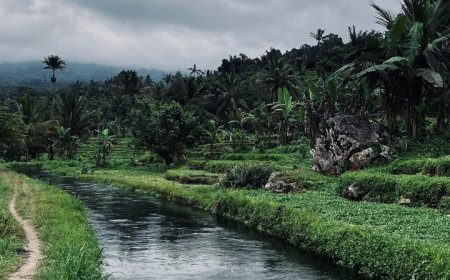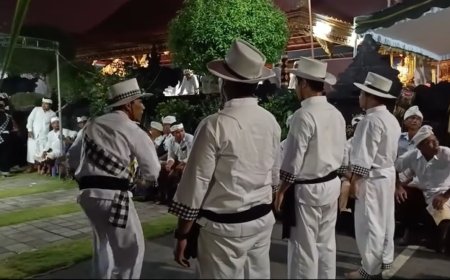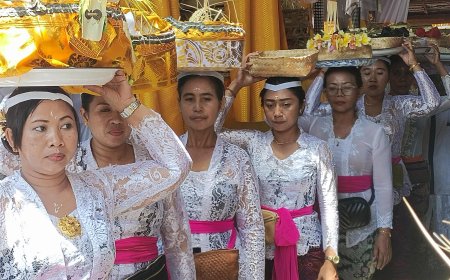Genjek Karangasem: When Oral Tradition and Dance Art Unite in Choral Harmony
Genjek Karangasem is a traditional Balinese dance that blends vocal art with movement, and it continues to thrive in Karangasem Regency to this day. This dance is especially popular in the eastern coastal areas of Bali, such as the villages of Jasri, Ujung, Seraya, Culik, and Tianyar. In Genjek, the unique element lies in the choral arrangement and vocal music that mimics the sounds of gamelan instruments, known as "toreng" and "cipak.
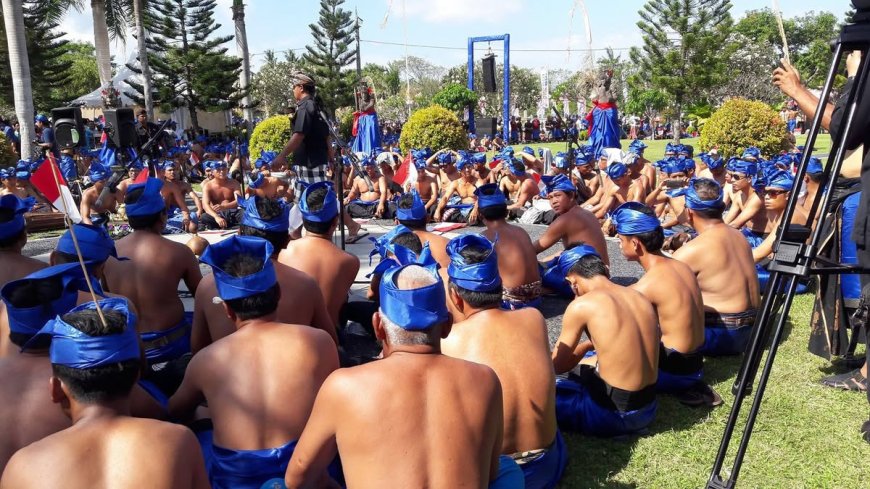
Etymologically, the term "Genjek" or "megenjekan" comes from "gonjek," meaning jest or playful banter. The history of Genjek is different from other Balinese traditional dances, as it was not created by a renowned artist but instead originated from casual gatherings after work, accompanied by tuak, a traditional Balinese beverage made from palm, coconut, or sugar palm trees. Produced in East Bali, tuak is known for its high quality and is a point of local pride; it has even developed into arak, a stronger spirit. This drinking gathering, known as "metuakan," was usually held by men. As the effects of intoxication took over, they would sing to express their joy, encouraging others to join in, thus establishing the Genjek tradition. The tradition of metuakan is now almost always accompanied by Genjek, and today, there are groups dedicated to creating gending or song arrangements specifically for Genjek. Many of these songs have been recorded in albums, allowing people to enjoy and recreate them during social drinking events.
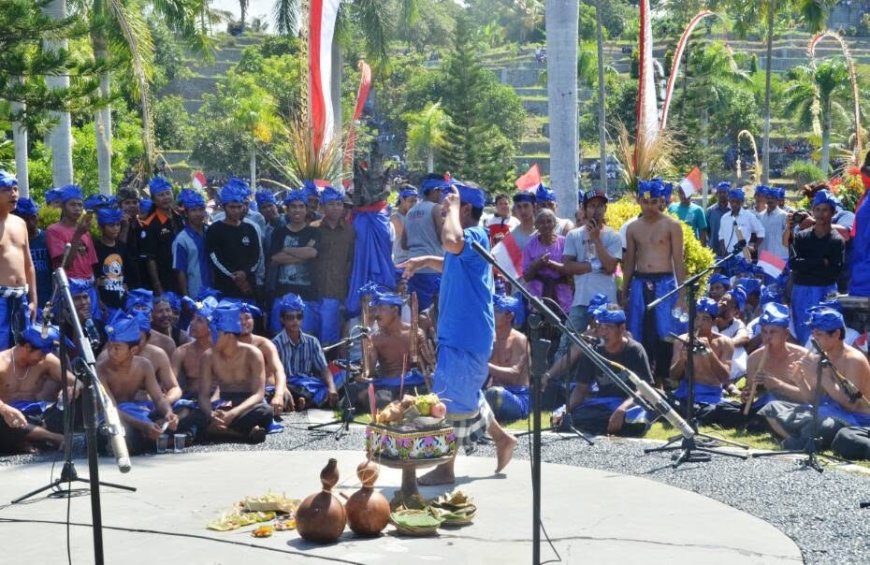
Genjek Kolosal (Source: Private Collection)
Genjek is a form of social dance that is highly flexible and adaptable to the atmosphere and modern developments. There are no fixed movements or vocals, so performers are free to be creative. The lead singer can spontaneously compose a new gending, and the others will strive to follow with coordinated vocals. Songs in Genjek cover various themes, from advice, flirtation, and critique to humorous or satirical lyrics, delivered in a communicative style. The rhythm and vocals in Genjek resemble patterns found in other Balinese dances like Kecak or Janger, but with a wider variety of vocalizations to mimic gamelan sounds. The lively rhythm and voices create a joyful atmosphere, encouraging participants to dance along with the Genjek sound.
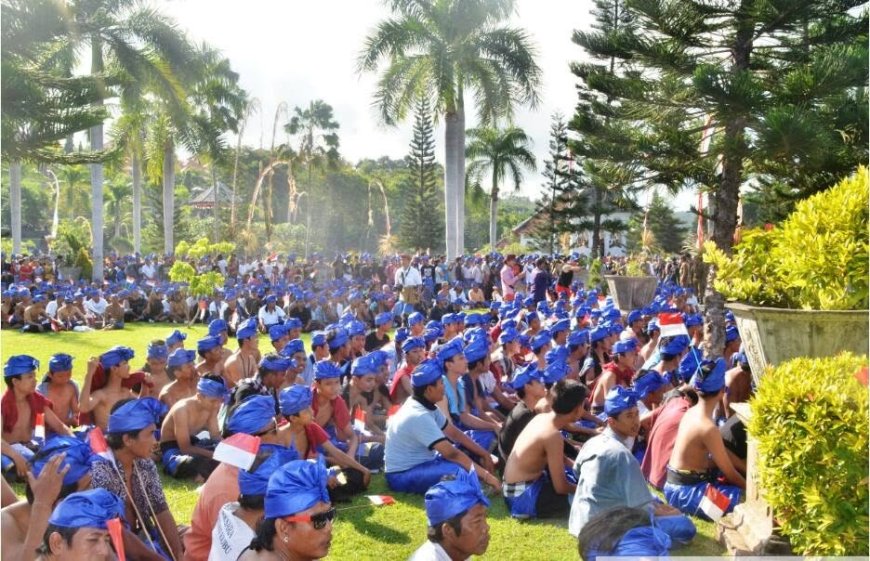
Genjek Karangasem (Source: Private Collection)
Although Genjek was originally performed by drinkers to entertain themselves, today it is a prominent feature in social events, such as weddings or other community gatherings. It has evolved beyond being performed solely by men or only in states of intoxication, now often including women who exchange verses with the male singers. Instrumental accompaniment has also been added, making Genjek increasingly captivating to audiences.
To preserve this tradition, Genjek performances are regularly featured at the Bali Arts Festival at the Art Center. One such group is Sekaa Genjek Kadung Iseng from Seraya Village, Karangasem, who performed there in 2018. This tradition not only preserves Balinese cultural art but also introduces the beauty and values of Genjek’s aesthetics and ethics to the younger generation.




















